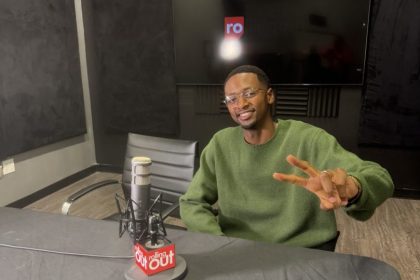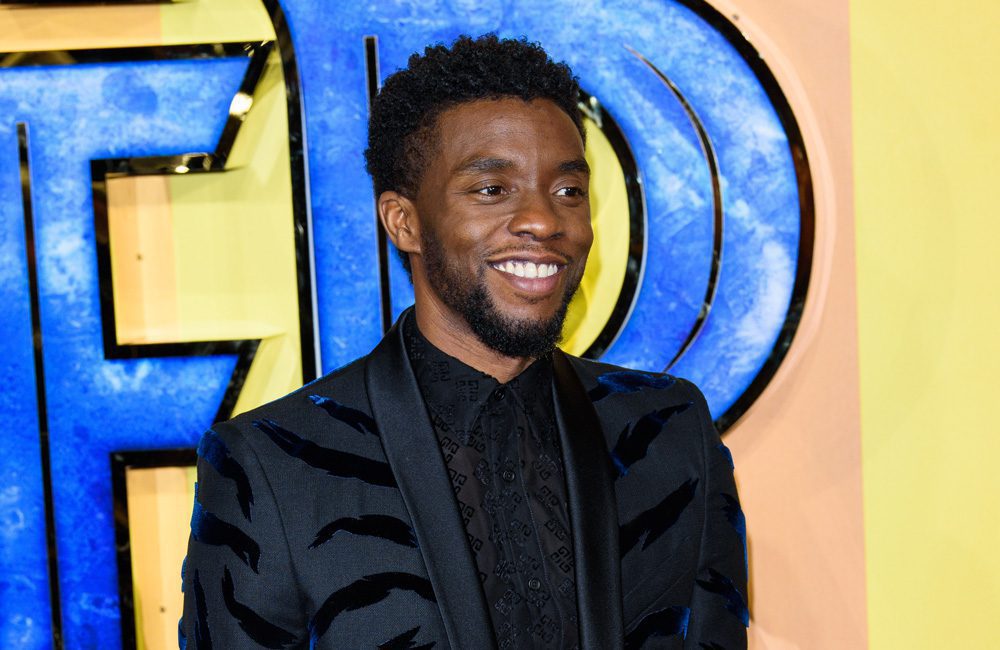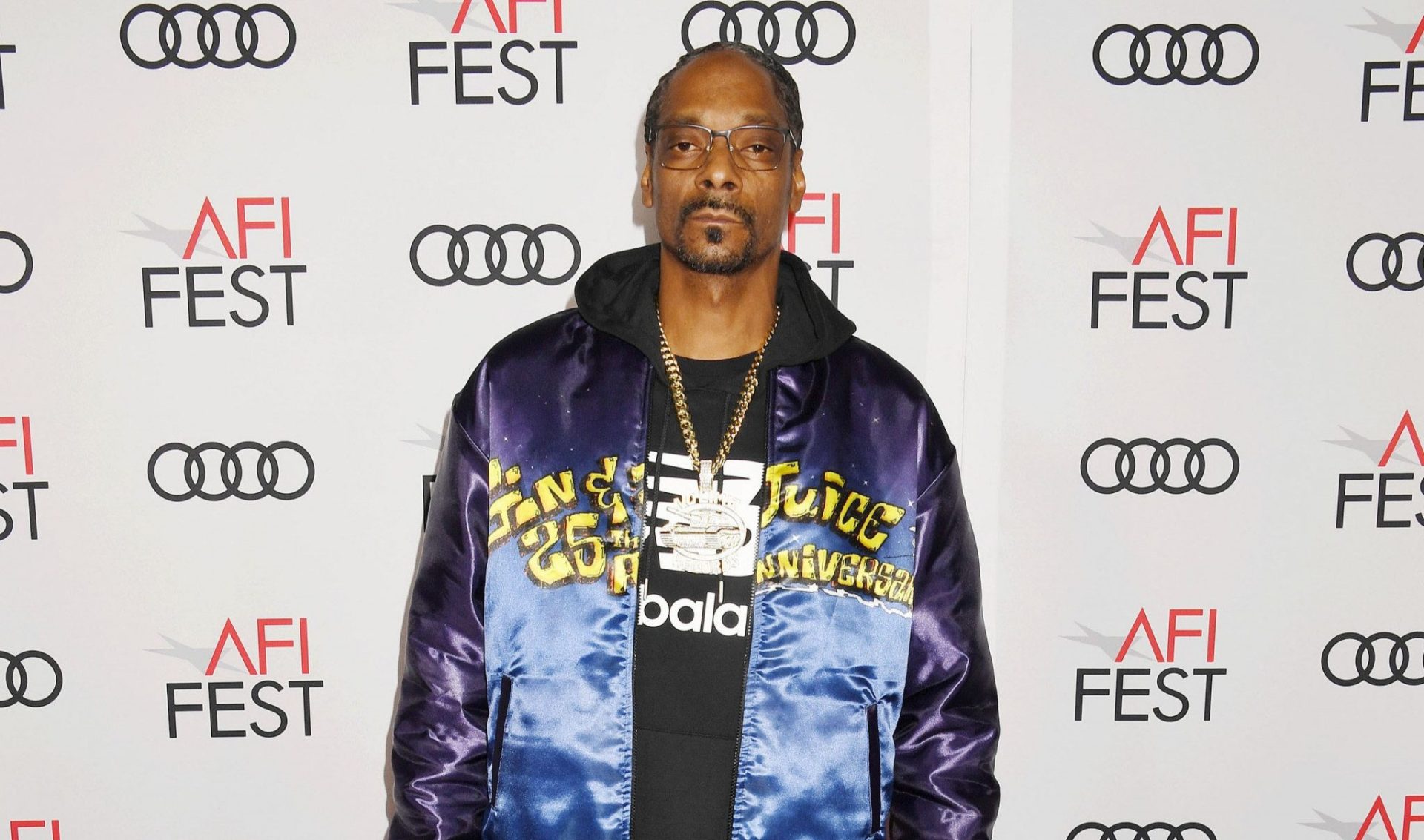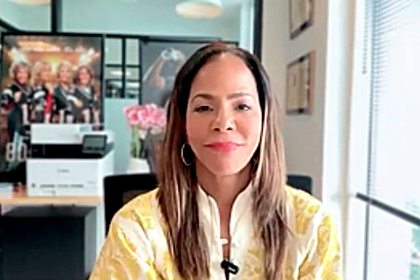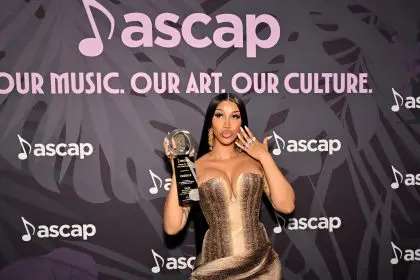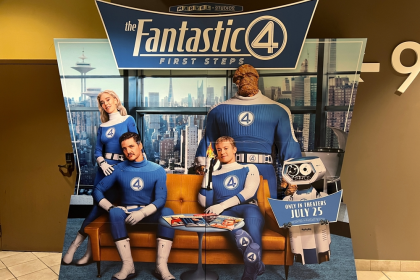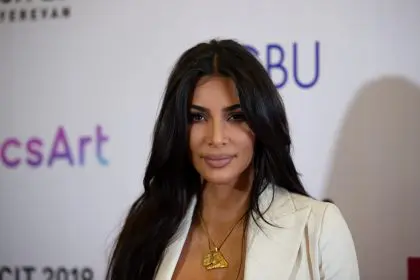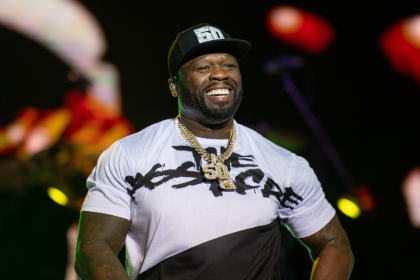What was the inspiration for your choreographic work Wild: Act 1.
In 2019, I was asked to share some stories that I’ve always wanted to tell through dance, and the one that came to mind was Where the Wild Things Are. It was never my intention to create a direct depiction of the book. But Max’s ability to reimagine his circumstances was something that inspired me as a young kid. Tying juvenile justice into the ballet came to me after a visit to the Equal Justice Initiative’s Legacy Museum in Montgomery, Alabama. I fell in love with a portrait by Richard Ross of a young 12-year-old boy in a detention center staring at his bedroom walls, which were covered in all kinds of reflections, drawings, and expressions. I immediately associated this picture with Max’s story in Where the Wild Things Are. I wanted to know more about the young boy in the picture and his story. I wondered what were his goals? What was he thinking? What were his hopes? During this visit, the concept for the ballet started to take shape with the primary goal being my desire to amplify voices that often go unheard and address the racism and injustices that many Black and Brown youth face on a daily basis. … It has been my goal to also share with these young people the beauty of their lives and the power ignited when their imagination and personal stories are shared.
What are you hoping audiences will take away from the film?
I hope that audiences will have a deeper sense of compassion for humanity, specifically for young people impacted by the justice system. We have all found ourselves at various crossroads in our lives where we are trying to figure out which way to turn and how to get to where we want to go, but we have often felt lost and not sure of how to reach our goals.
Wild: Act 1 will stream online through April 11 at https://www.blackirisproject.org/wild.

